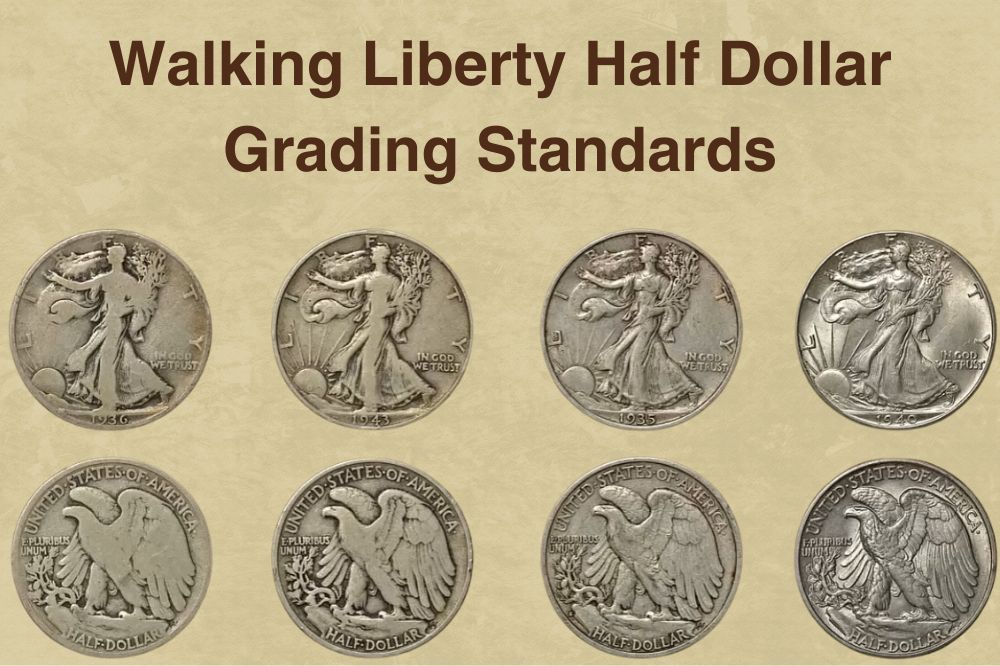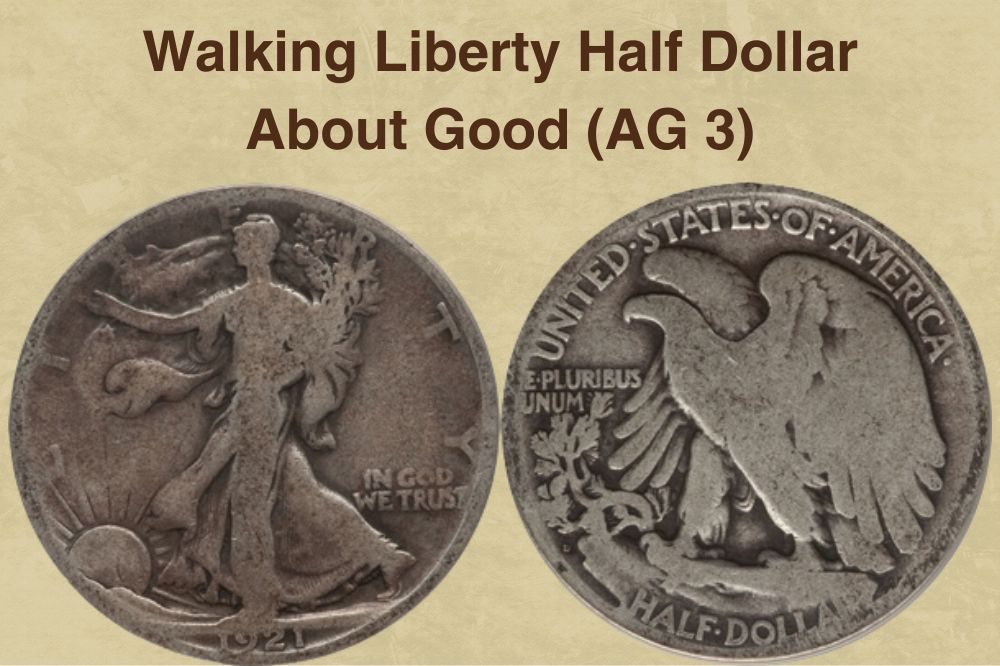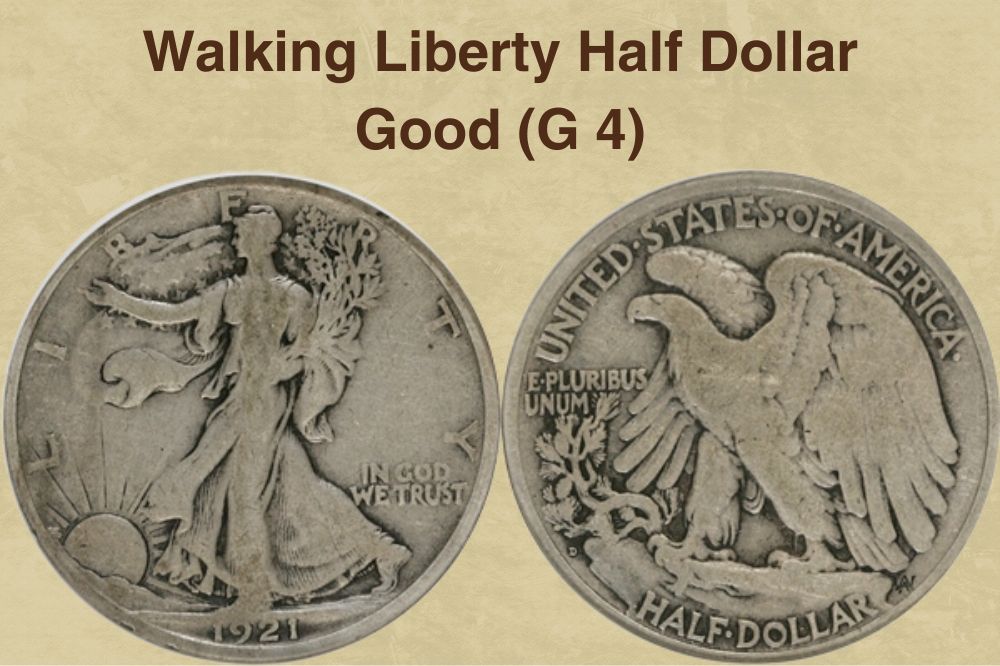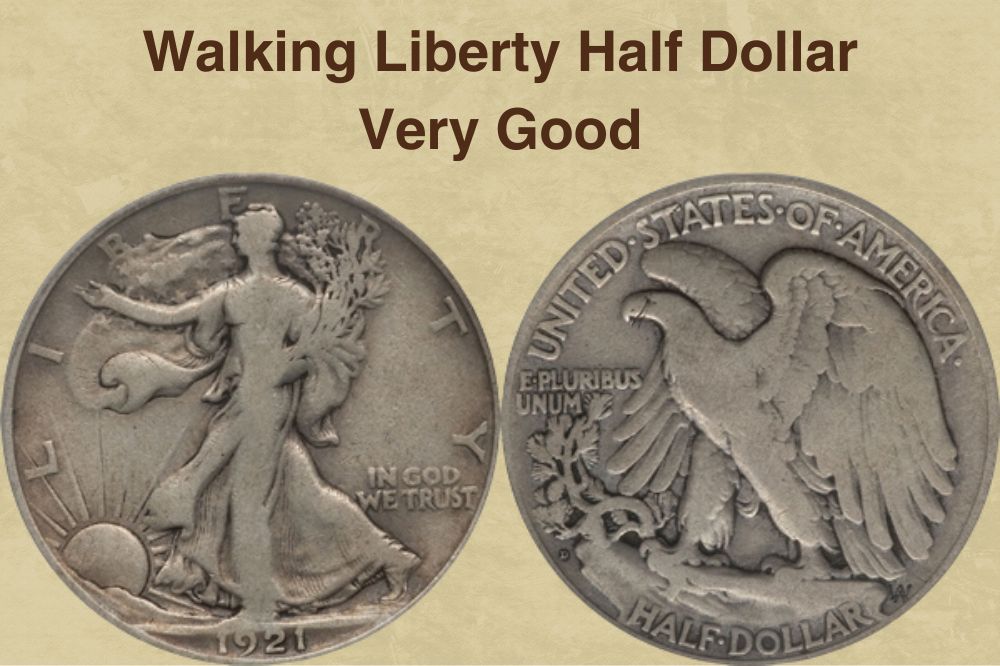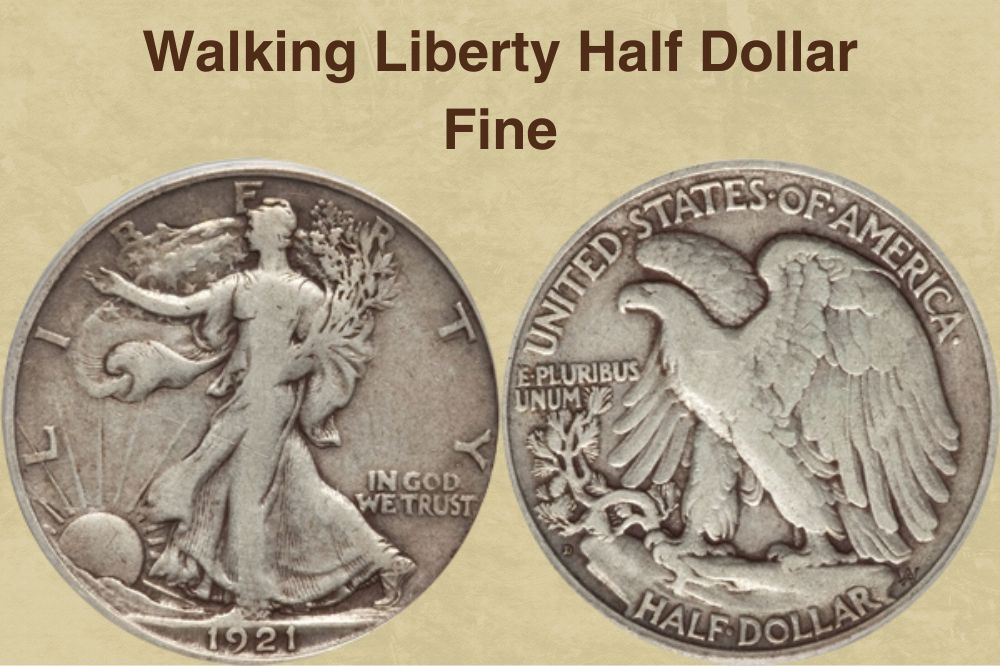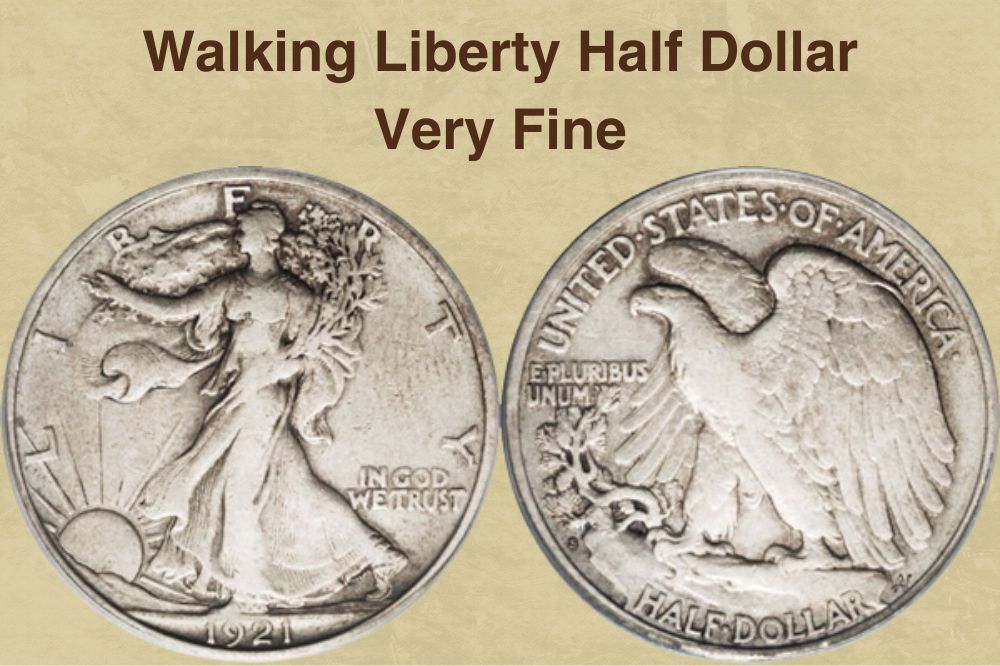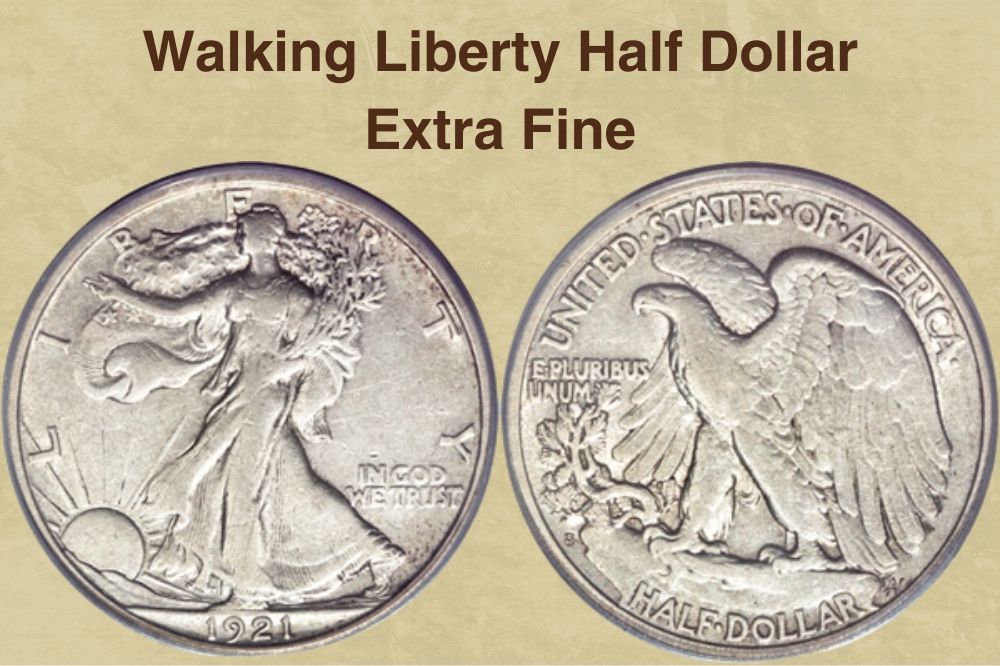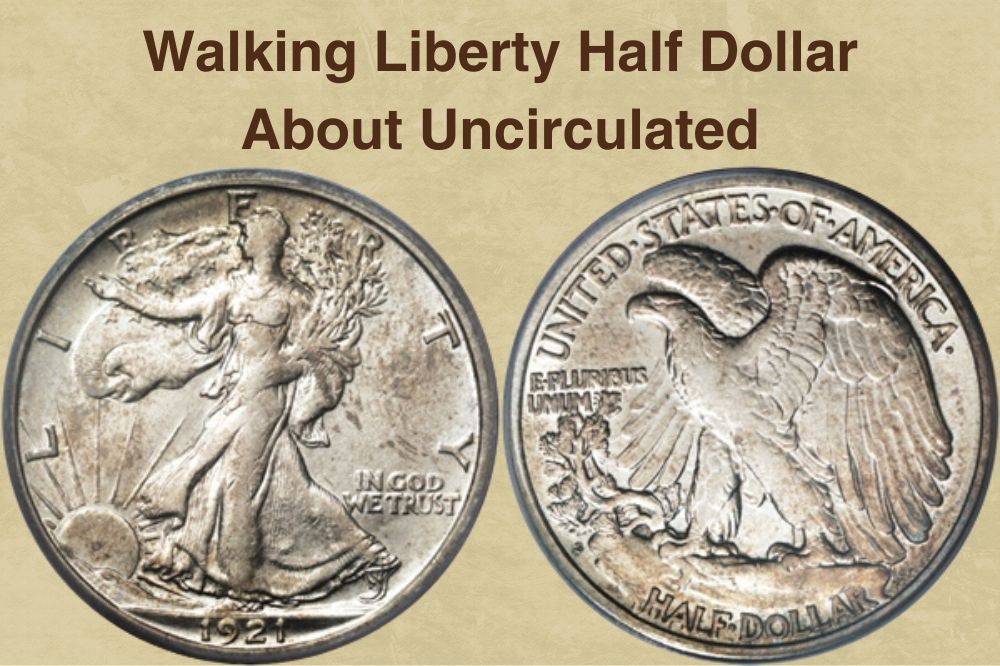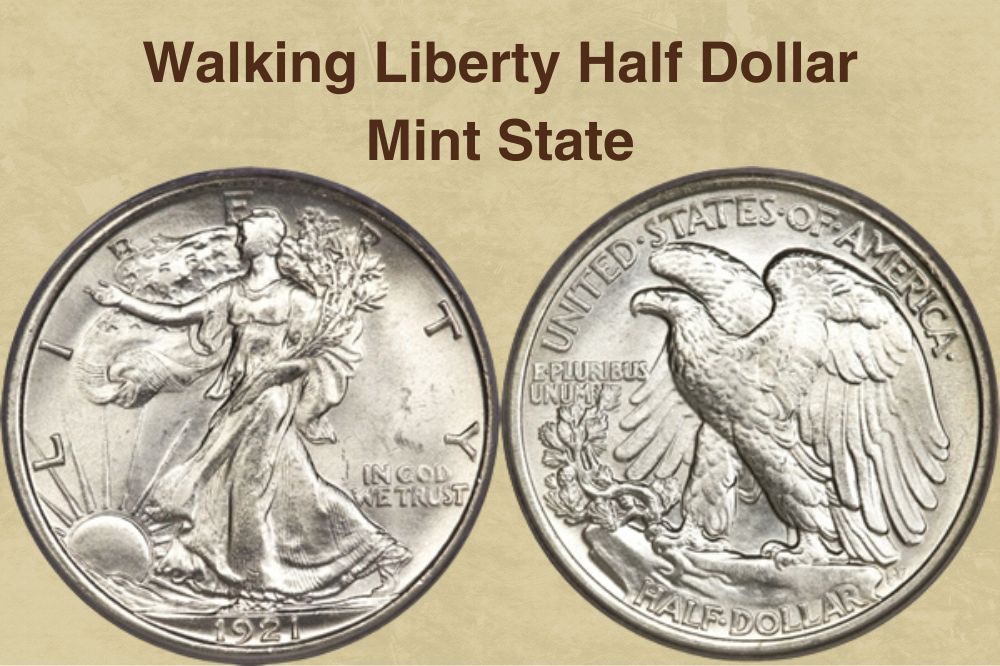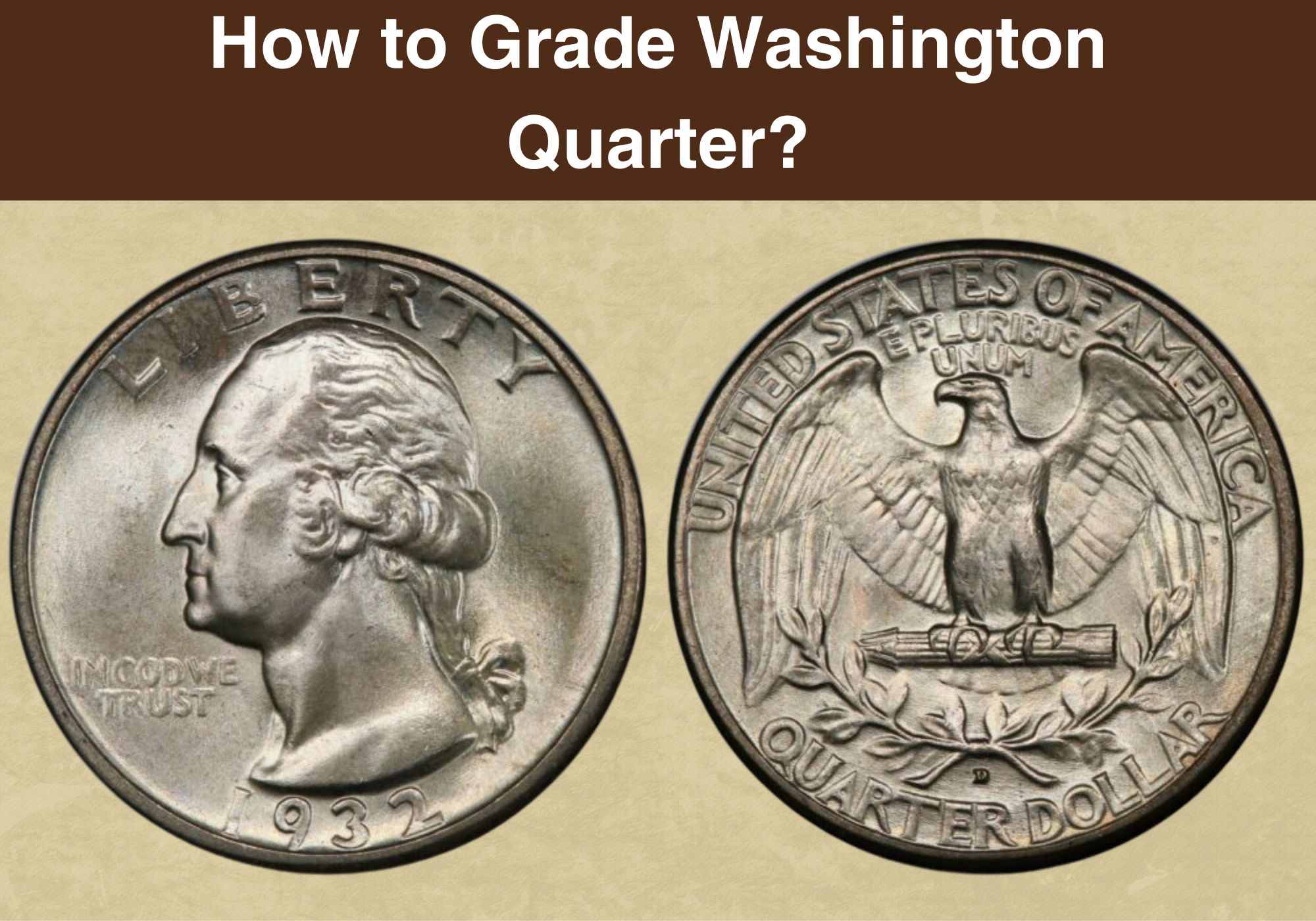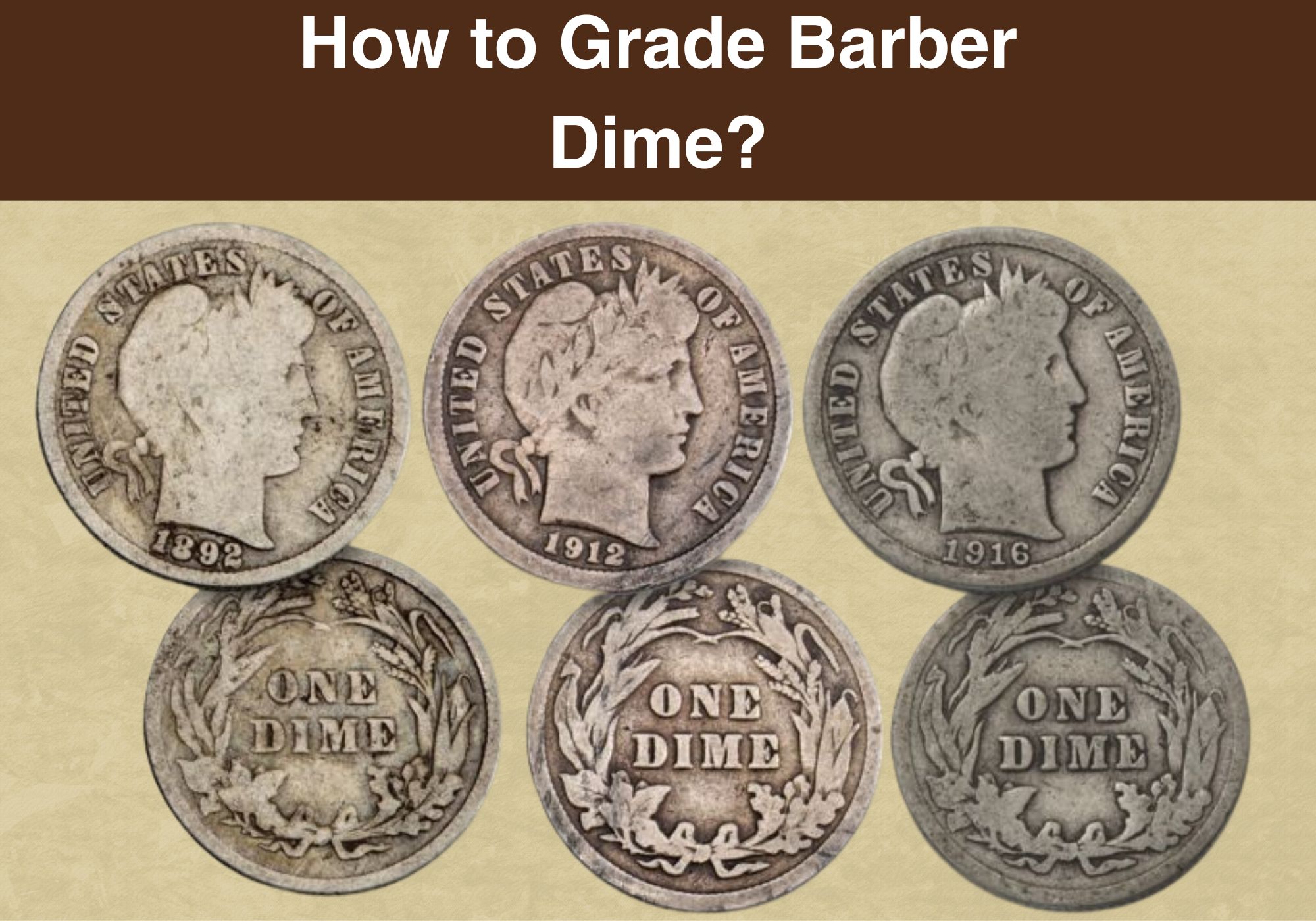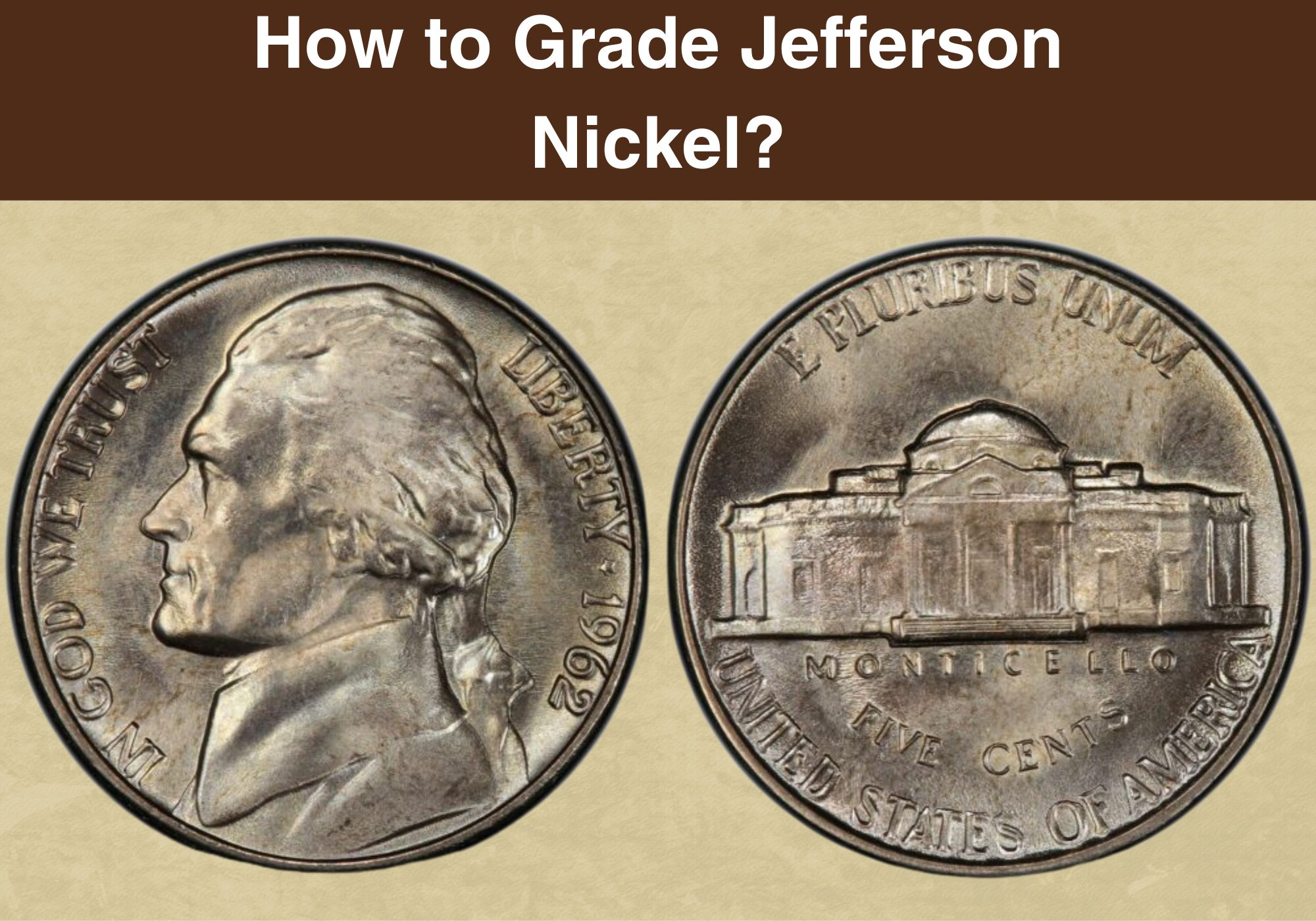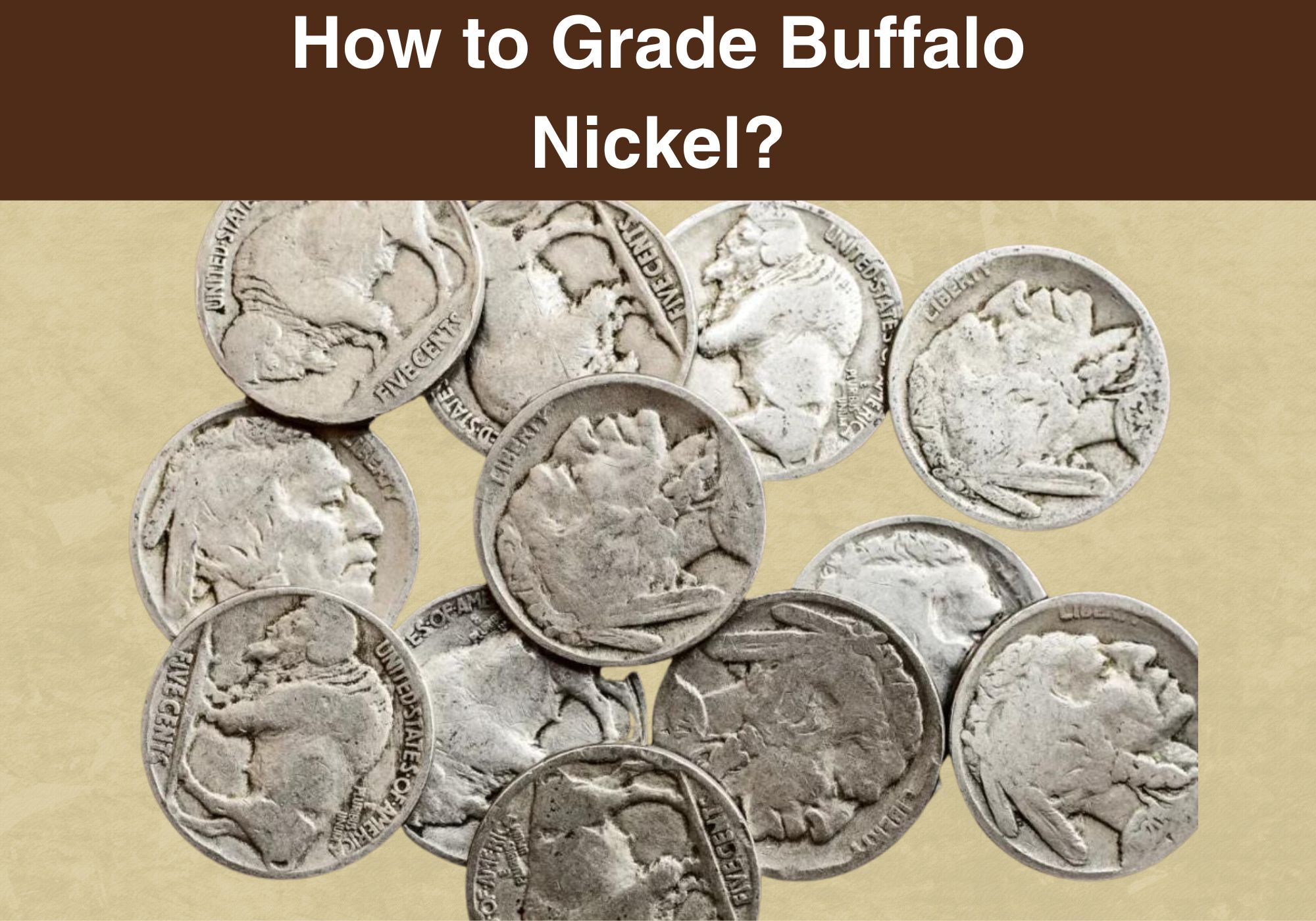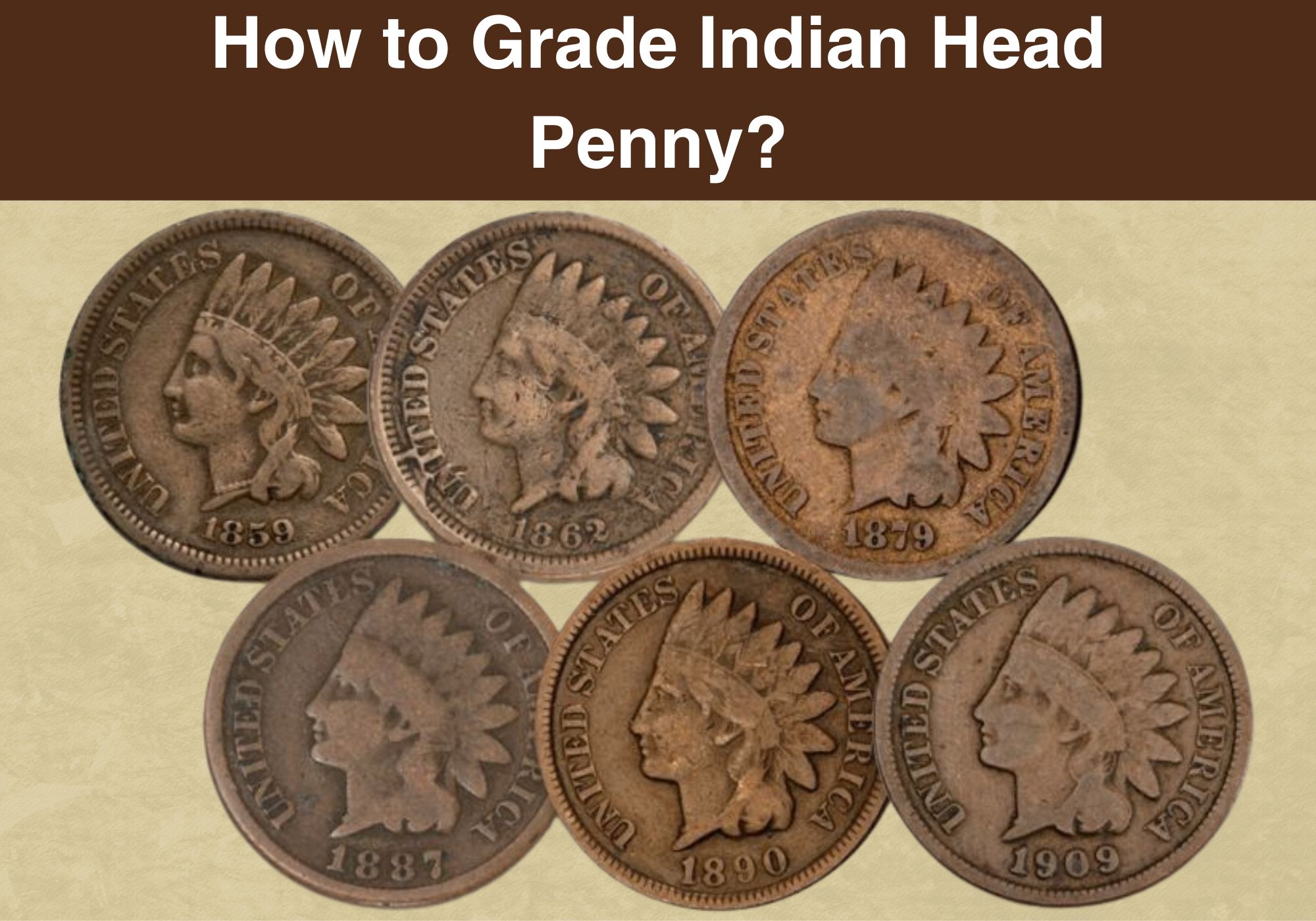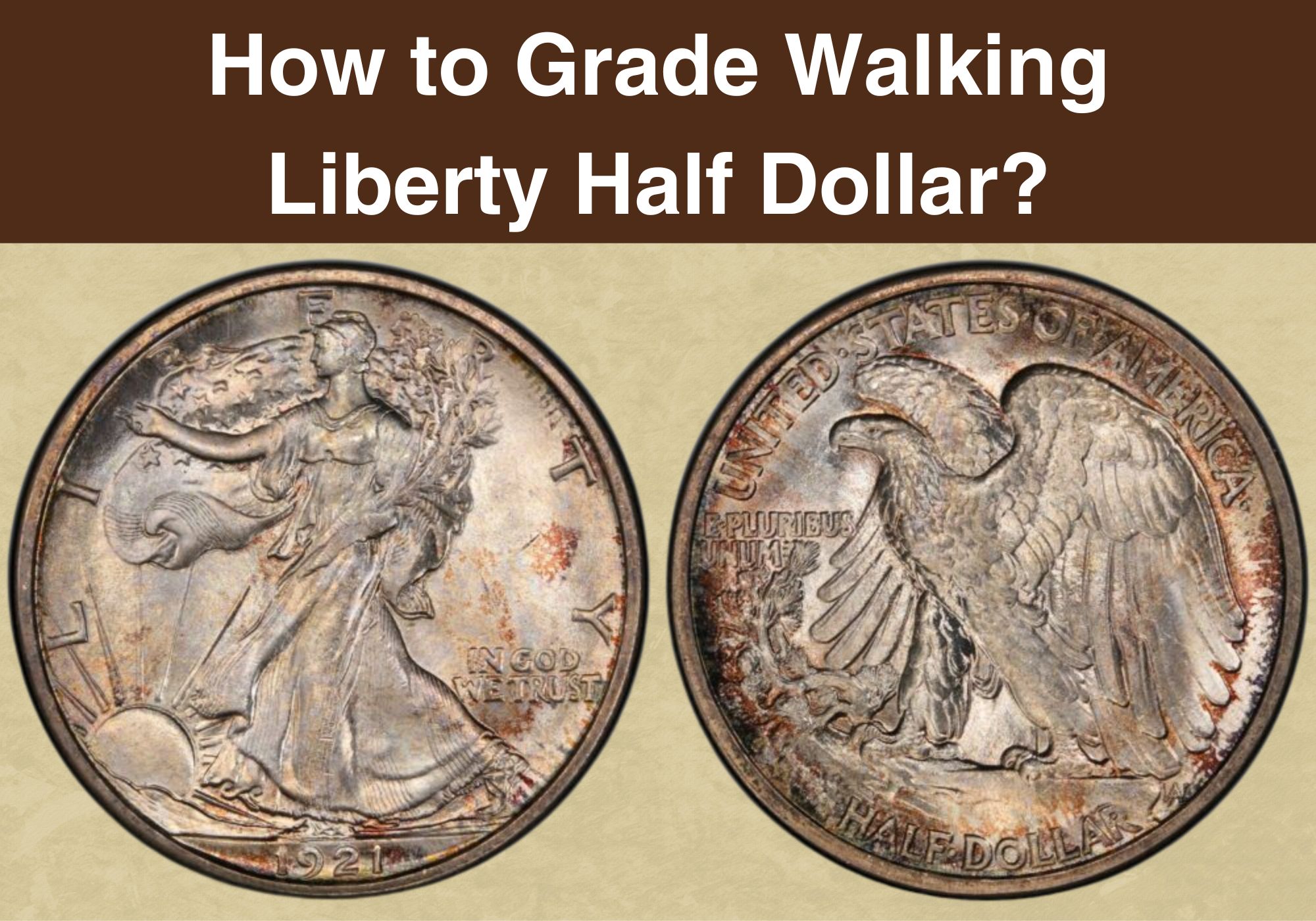
Coin Value Contents Table
The rules of how to grade Walking Liberty Half Dollar are precisely determined. However, you should understand that this process is absolutely applicable to most coins but not all. The issue appeared because they were challenging to strike.
For instance, the complicated design made most coins minted during the 1920s look worn even when you could see minting luster. Even regular pieces from San Francisco and proofs issued from 1936 to 1942 sometimes lacked all the details. So, be careful when estimating your Walking half-dollar!
Grading Standards
Undoubtedly, professional coin appraising is the best way to precisely determine your specimen and get the highest bid at an auction. However, most collectors want to know the approximate rank of their pieces before hiring a grading company to do the job.
The primary reason is a desire to know what to expect, but there is one more important goal. Some coins look bad and too worn out to make their evaluation profitable. Besides, most modern pieces are abundant on the market, making their prices low even in the highest ranks.
Using a modified Sheldon scale is the best option in such circumstances. The ANA and most grading companies rely on it, making it reliable for American coinage evaluation.
It is impossible for most inexperienced collectors to grade their coins super accurately. However, this scale can offer you an idea of the likely quality and value of the specimen you own.
Understanding Grades for Walking Liberty Half Dollar
The Walking Liberty Half Dollars minting period was from 1916 to the end of WWII. The last set was issued in 1947, completing the series. Thanks to their beauty and elegance, these coins are an unavoidable part of the list of the most appreciated and collectible American coinage until now.
Walking Liberty Half Dollar |
|
| Face value | $0.50 (fifty cents) |
| Compound | Silver |
| Coin weight | 12.50 g (0.4019 troy ounces) |
| Coin thickness | 1.80 mm (0,0709 inches) |
| Coin diameter | 30.63 mm (1.2059 inches) |
Unfortunately, these Half Dollars were highly challenging to strike because of the demanding design, resulting in sets known for lacking complete details.
Even several corrections on the obverse master hub failed to solve this problem, making these coins grading tricky. The problem was halves that looked worn out despite their perfect condition and fully present luster.
Therefore, you need to follow specific instructions to correctly estimate pieces minted during the 1920s, besides following standard guidelines. The same problem had the mint in San Francisco with coins minted during the 1930s and 1940s.
How to Grade Walking Liberty Half Dollar?
When you are unsure how to grade your Walking Liberty half-dollar, you should follow the ANA’s guidelines. Then, figure out the adequate position for this particular coin on the 70-point Sheldon scale. That is the only way to estimate its value precisely.
1. About Good (AG 3)
Like all other coins graded this way, the Walking Liberty Half Dollars of this quality are uninteresting for most collectors. They are entirely worn-out, without recognizable details, dull surfaces, and without mint luster.
Obverse
Lady Liberty is just a vague outline with no visible folds on her dress. Olive branches are indistinct and without a single separate leaf. The inscriptions are flat, partially visible, and merged with the coin edge. Only the date is still fully distinct.
Reverse
You can see that the eagle placed in a coin center is flat and without separated feathers. The composition is aligned and faceless, while the letters in the inscriptions are visible but partially leveled with the surface.
2. Good (G 4)
Even though Walking Liberty half-dollars in this grade are heavily worn overall, they are still in a group of collectible items. All legends are readable but partially flattened and pale. Only the date and denomination are in better condition. The rim is worn but almost complete except in a few spots.
Obverse
Coins get this grade because of the low level of detail visible on both sides. In this case, the crucial thing is that the olive branch almost entirely merged with Lady Liberty’s left hand. Besides, flag lines are partially missing in some design parts.
Reverse
The first thing to look at the reverse is the details on the eagle. Halves ranked this way have the outlined bird with a flat and weakly visible head. Its left-wing and both legs are without recognizable feather details. On the other hand, the motto, denomination, and full State name are slightly worn but legible.
3. Very Good (VG 10, VG 8, and VG)
These halves come with fully separated rims and readable inscriptions. Unfortunately, the entire design is still flattened and weak, but you can glimpse and identify some details.
Obverse
The Liberty’s body is mostly smooth, with partially visible details in her dress. Remember that coins minted after 1921 must show half the stripes. All lettering and the date are clear, but the top of the motto is slightly smudged and weak.
Reverse
Only Walking Liberty halves with at least one-third of the wing feathers visible can be graded this way. The large lower wing feathers and those in the tail are well-separated, and an eagle’s is discernible.
4. Fine (F, F 12, and F 15)
Some collectors appreciate these moderately worn coins because they are affordable and with enough details to be lovely. It is particularly true for early sets because pieces minted in the 1920s in the highest grades are rare and expensive.
Obverse
It is the first grade that includes coins with recognizable fine details, particularly on Liberty’s skirt and sandals. The lack of more pronounced details is only acceptable on coins produced before 1921. Her right leg is slightly worn in all other cases, while the left one and extended arm are nearly flat.
Reverse
The eagle’s breasts are flattened, but approximately half the right-wing feathers have recognizable details. Moreover, you can see two feather layers in the left wing. The coin rim is complete, and all inscriptions are well-preserved.
5. Very Fine (VF, VF 20/VF 25, and VF 30/VF 35)
Most numismatists are satisfied with Walking Liberty half-dollars in this rank because there are enough details to make them beautiful. Unfortunately, the highest points are still flattened and worn out.
Obverse
Lady Liberty’s skirt lines and leg areas are moderately sharp but can be weak on specimens minted before 1921. The only traces of wear are present on her right arm, head, breasts, and left leg parts.
Reverse
The eagle is better looking than in lower grades but is still lightly worn. However, you can recognize most major details, although high points are smooth. The pine tree branch becomes formed with more clearly visible details.
6. Extra Fine (EF 45 and EF 40)
Suppose you have the Walking Liberty half-dollar with traces of original mint luster, while Liberty’s hair is noticeably separated from her forehead. In that case, you probably have a coin in this grade. Such pieces are desirable collectible items, particularly those from early sets.
Obverse
Even though the top of Liberty’s head area is slightly flattened, you can recognize the separated line between her hair and forehead. Skirt pleats are bold and visible, branches in her arm are well-formed, and the loss of crucial detail is almost negligible.
Reverse
The eagle looks powerful with all the feathers complete and distinct, and the only slight wear is visible on a few leg feathers. While the high design points are smooth, you can notice traces of mint luster in deep and protected areas.
7. About Uncirculated (AU 58, AU 55, and AU 50)
These coins are elegant and attractive, with only negligible traces of wear. Since they spent a relatively short time in circulation, you can spot the original luster on most of the surface.
Obverse
It is crucial to be skillful to notice signs of wear on Liberty’s head, breasts, and knee, mainly on the high points. Such coins are shiny, stylish, and appealing to most collectors. Since pieces in the mint state are rare, collectors often buy half-dollars in this condition to complete their collections.
Reverse
Almost perfectly preserved design with only slight flattening on the eagle’s head, left leg, and claws make these coins desirable for most numismatists. Depending on each piece’s sub-rank, you can see approximately 1/2 to 3/4 mint luster on this coin side.
8. Mint State (from MS 60 to MS 70)
Uncirculated Walking Half Dollars were never used for trade and everyday transactions. Therefore, they are still shiny, with perfectly preserved original luster. The only problem is scratches that appear because of contact between coins in the same bag.
Other traces that prevent some specimens from being perfect are so-called bag marks. They appear when a particular coin is in direct contact with a bag canvas and show imperfections resulting from friction. Experts classify coins into eleven subgroups depending on these traces’ levels.
Summary
Grading Walking Liberty Half Dollars can be challenging because of complicated design and insurmountable problems with inappropriate metal flow into the dies. Therefore, it is wise to consider sending your coin to a reputable grading company and letting experts rank it precisely.
Otherwise, you should check specific areas susceptible to contact marks, significantly impacting each specimen’s grading. Besides, Walking halves can be unattractively toned initially, causing additional problems for appraisers.

